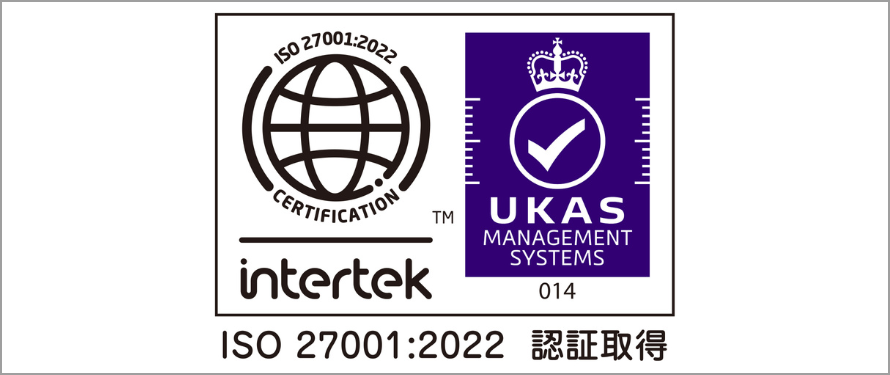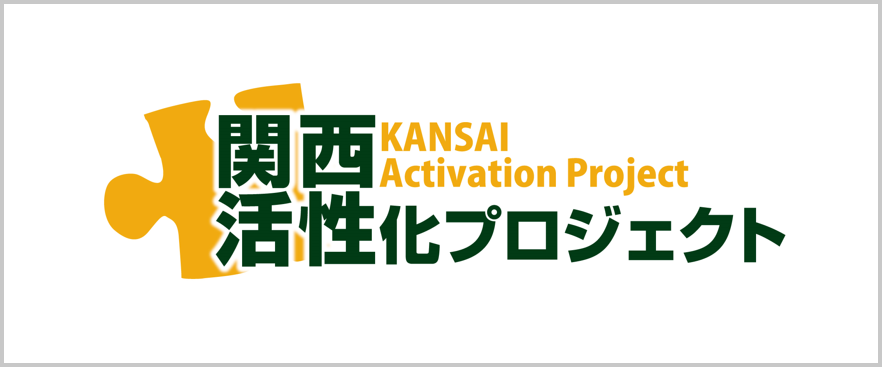[Observation] Many smartphones in Japan do not support dual SIM or eSIM

table of contents
Smartphones, such as the recently released iPhone 16 series, Samsung Galaxy, and Huawei foldable smartphones, are always in the spotlight. However, despite all the advances in technology and the increasing performance of various functions, have you ever come across descriptions like "not compatible with dual SIM" or "physical SIM only"
Here we will summarise our perspective on why this is happening.
What is dual SIM?
First of all, let me explain about "Dual SIM"
Dual SIM is, as the name suggests, a feature that allows you to use two SIM cards in one device.
For smartphones released after October 2021, SIM locks have been prohibited in principle, so the term "dual SIM" has become more common in recent years. This is a very convenient feature that gives users more options.
What is eSIM?
This is a word that we often mention in this blog, and it refers to a SIM that uses a QR code to read a profile (such as phone number and subscriber information)
○ [eSIM] APN Settings Explained ~ iOS Edition ~
○ [eSIM] Smartphone SIM lock and how to unlock it
In recent years, there have been many types of eSIMs, and they are an innovative technology that is also used in IoT devices and smartwatches, but in this article we will define them simply as "eSIMs for use with smartphones."
Why are there still models that do not support dual SIM/eSIM?
So, despite being such a convenient feature, why are there smartphones that cannot use dual SIM or eSIM?
In other words, I think the reason is that "carriers or the government are imposing some kind of restrictions."
There are many different types of smartphones, and especially when it comes to Android smartphones and tablets, many manufacturers release their own unique products. If you consider that these devices are also made into series, it's hard to imagine how many smartphones there are in the world.
In addition, smartphone manufacturers manufacture and sell products that meet the conditions of their destinations, so for example, the conditions for selling to country A and the conditions for selling to country B do not necessarily match.
In other words, "depending on the conditions of the sales destination, manufacturers may customize the settings and functions of the device separately and sell it even if it is the exact same model."
Examples of common smartphone devices
For example, let's say you purchased a smartphone through a certain carrier and checked the spec information on the vendor's official website.
Even if you want to use dual SIM cards in Japan, there are many cases where carriers have some kind of restrictions in place, and the screen for adding another SIM card doesn't even appear on the settings screen.
Also, if you have an iOS or Android smartphone or tablet device purchased in Japan, you will notice the difference when you compare it with the examples above.
For these reasons and backgrounds, individual requirements arise, and it is clear that these requirements affect the specifications of the main unit. Therefore, it can be difficult to determine whether a function can actually be used simply by looking at the product catalog released by the manufacturer.
Below we will introduce the differences in smartphone devices sold in each country and region.
Case 1: Devices in circulation worldwide
Even when viewed globally, there are relatively few carriers that are proactive in supporting dual SIM functionality (in order to secure the profits that carriers seek).
Case 2: Devices sold in China
Since eSIM itself is regulated in China, all devices use physical SIM, and even if they support dual SIM, they are equipped with a card slot that allows you to insert two physical SIMs.
*Same for iOS and Android smartphone devices.
Case 3: Devices sold in the United States
This is limited to iPhone models sold in the US, but all iPhone 14 series and later models only support eSIM, meaning there is no card slot for a physical SIM.
Case 4: Devices with different communication standards (bands/frequency bands)
This is a very subtle pitfall.
The specifications of smartphone devices sold in each country or region differ, and the communication standards (bands and frequency bands) that can be used in each country or region also vary slightly depending on the carrier that sells them.
What this means is that if you normally only use calls and the internet within Japan, there will be little disruption to your life or work.
However, if you travel abroad on a business trip or holiday with a smartphone device purchased and contracted in Japan , you may not be able to connect to the local internet (roaming) due to the communication standards supported by the smartphone device itself.
For example, even if you purchased an eSIM in Japan and made sure to properly configure your smartphone's SIM settings beforehand, once you arrive overseas, you can barely connect to the internet or your internet speed is unusually slow . This is because devices sold in Japan are optimized for Japanese communication standards, and even the same device uses different communication standards depending on the carrier.
Most recent iPhones are smartphones that are compatible with global communication standards, so this type of situation is rare. However, Android smartphone users should be careful.
Android smartphones sold in Japan have varying communication standards for the devices provided by Japanese carriers (this is especially true for smartphones made by Japanese manufacturers and models) , so when you go abroad, you may not be able to properly connect to the local internet (roaming) frequency.
*In particular, you should be careful with "low-cost Japanese-model Android smartphones," as they use the "minimum necessary communication standard (assuming they are intended for use within Japan)" in order to keep manufacturing costs of the device itself down.
Therefore, when purchasing an eSIM, you need to carefully check which carrier will be assigned to you for internet access (roaming) overseas and which communication standard (band/frequency band) your smartphone device supports .
To prevent problems from occurring
line is that before purchasing an eSIM, you should first check carefully whether your device can use the eSIM function
These situations are quite likely to occur, so if you are unable to determine this yourself, the quickest solution is to check where you purchased the smartphone and contact the carrier or seller.
- In the first place, the device itself does not support dual SIM or eSIM.
- Models sold in certain countries or regions are not supported or have some restrictions.
- Although it is compatible, it cannot be used due to differences in the communication standards (bands/frequency bands) of the smartphones used by the carrier or seller that purchased or signed the contract with.
summary
Before purchasing a smartphone or tablet, be sure to check with your carrier or retailer to see if the device supports dual SIM and eSIM.
If you are unable to use your eSIM after purchasing it, the impact can be significant, so be sure to check in advance to get off to a good start.

 5
5







